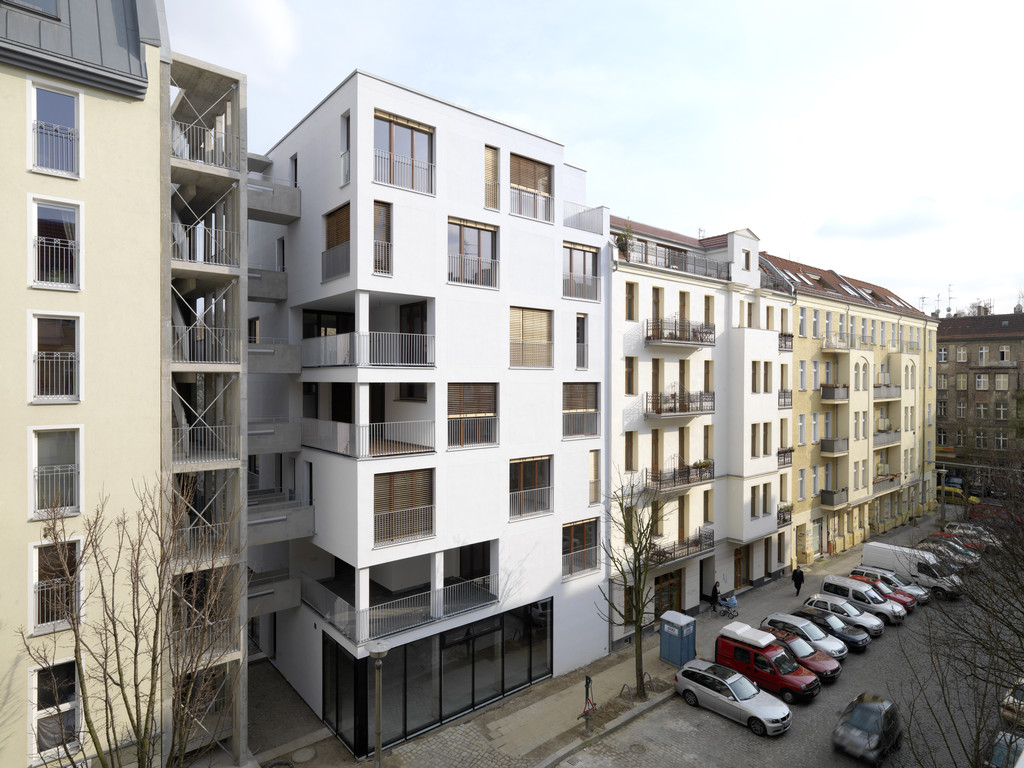The gap between existing rental rates and new contract rents is widening in major German cities, causing tenants to avoid moving—especially in Berlin and Munich.

Finding an apartment in Germany’s big cities is becoming increasingly difficult for renters. According to a recent study, the housing market in these urban areas is barely functioning under the traditional supply-and-demand model. The primary reason is the growing disparity between rents in existing leases and new rental offers, according to the analysis by the major real estate broker JLL.
Tenants are avoiding moving because they would have to pay significantly more in rent for a new apartment. As a result, the already scarce supply of available apartments is shrinking further, since fewer flats are coming onto the market. This leads to even higher new contract rents, further worsening the situation for those searching for housing. Consequently, the actual demand for housing may be exaggerated.

JLL has identified particularly large differences between new contract rents and existing rents in Munich and Berlin. In these cities, moving to a new apartment is especially costly, with the average rent in a new lease being €8 per square meter higher in Munich and €7.50 higher in Berlin than in the old lease. Frankfurt follows with a price difference of €4.80 per square meter. In contrast, the difference is only around €1.50 in Dresden and Duisburg, making moves more feasible in these cities.
In addition to increasing supply through new construction, JLL manager Roman Heidrich suggests that stimulating tenant turnover is also necessary. He proposes that exchange options could help, and that considering regulations to align existing rents more quickly with market levels should be explored.
The housing construction crisis has recently worsened. The number of newly approved apartments in Germany fell to 106,700 in the first half of the year, a decline of over 21% compared to the already weak previous year, according to the Federal Statistical Office on Friday. Key reasons for this downturn include high construction costs and expensive financing.









